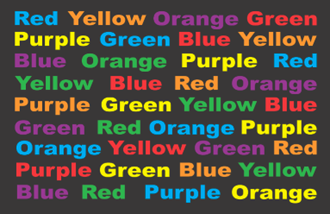The ability to pay attention and focus on information can be enhanced by repeated and directed brain fitness exercises.
There are three primary types of attention:
- Sustained Attention: the ability to remain focused, on task for an increasing length of time.
- Selective Attention: the ability to remain focused and on task while being distracted.
- Divided Attention: the ability to remember information while performing a mental operation.
Training focus and attention begins with practice times of short duration with gradual increase in the length of time. The level of the challenge and intensity increases as success builds. It is easier to totally and completely focus for a short period of time to begin and then gradually increase the time.
Other factors include the use of a metronome, distractions, and the ever-important use of the timer to measure the success of the practice exercises. The goal is to be able to function at a high level in short amounts of time – by beating the clock.
Students need to train to be able to pay attention long enough to get the information and immediately do something with that information! This is an example of the famous “Stroop Effect” that is named after J. Ridley Stroop, an American psychologist whose research in cognition and interference, discovered this strange phenomenon in the 1930s. It is still used by psychologists today. The Stroop Effect shows that our brains process seemingly conflicting information differently than they process more straightforward information.

- rst time – call out the WORD as quickly as possible
- Next time – call out the actual COLOR as quickly as possible

